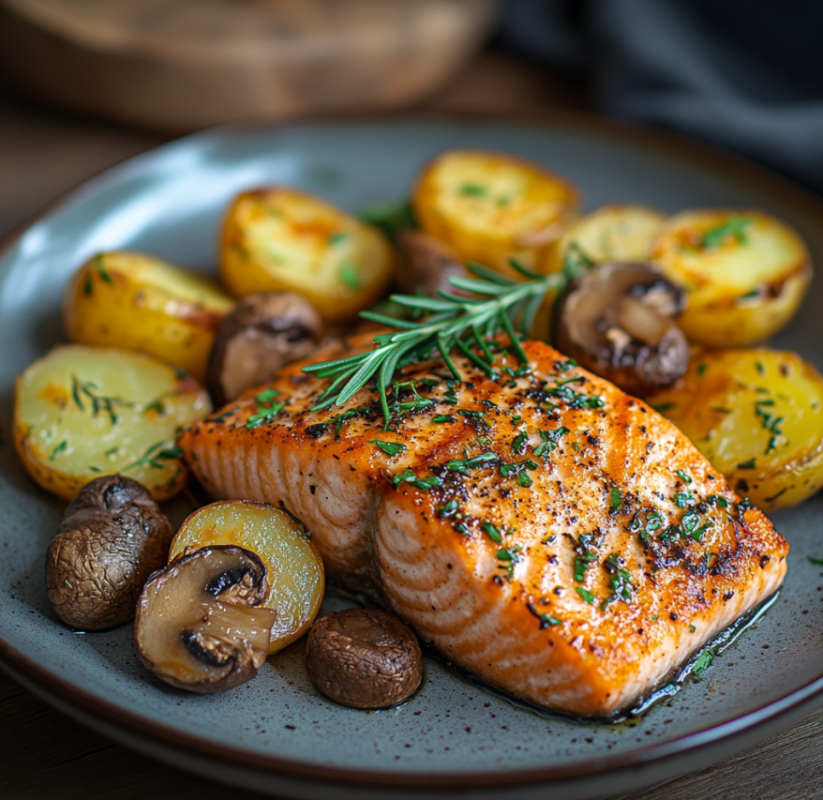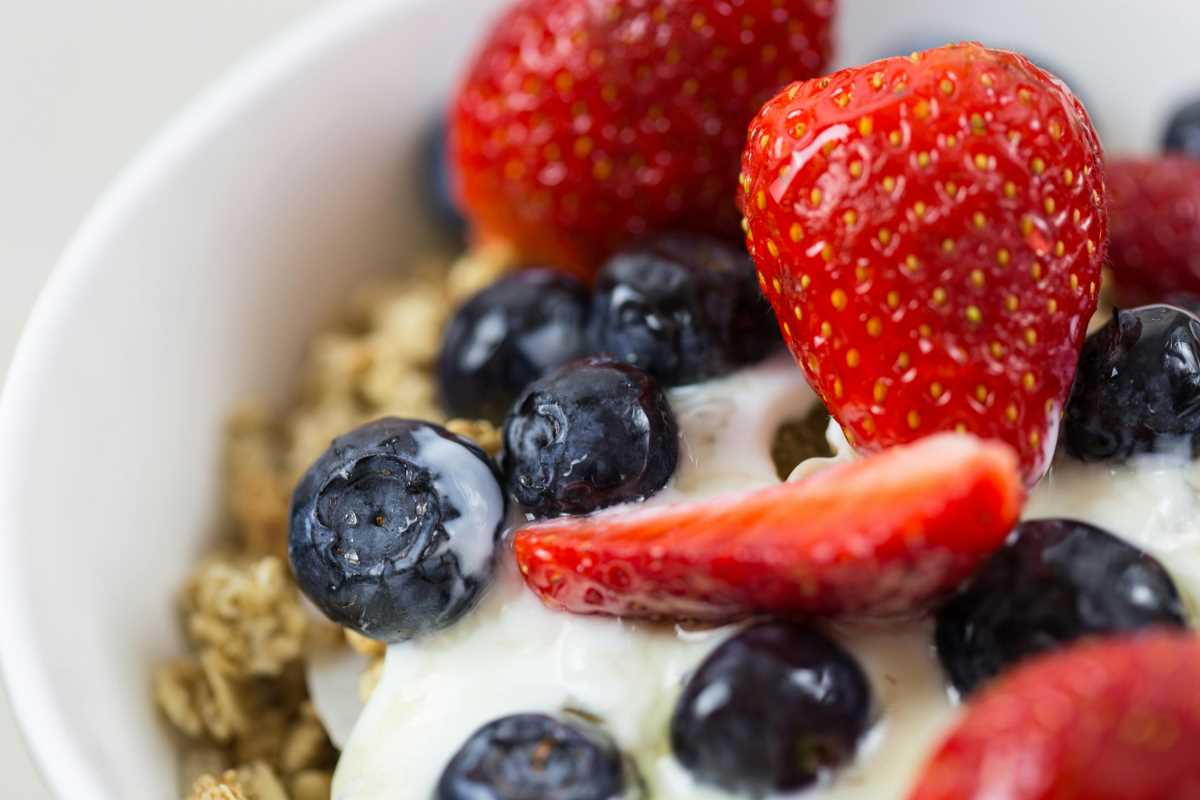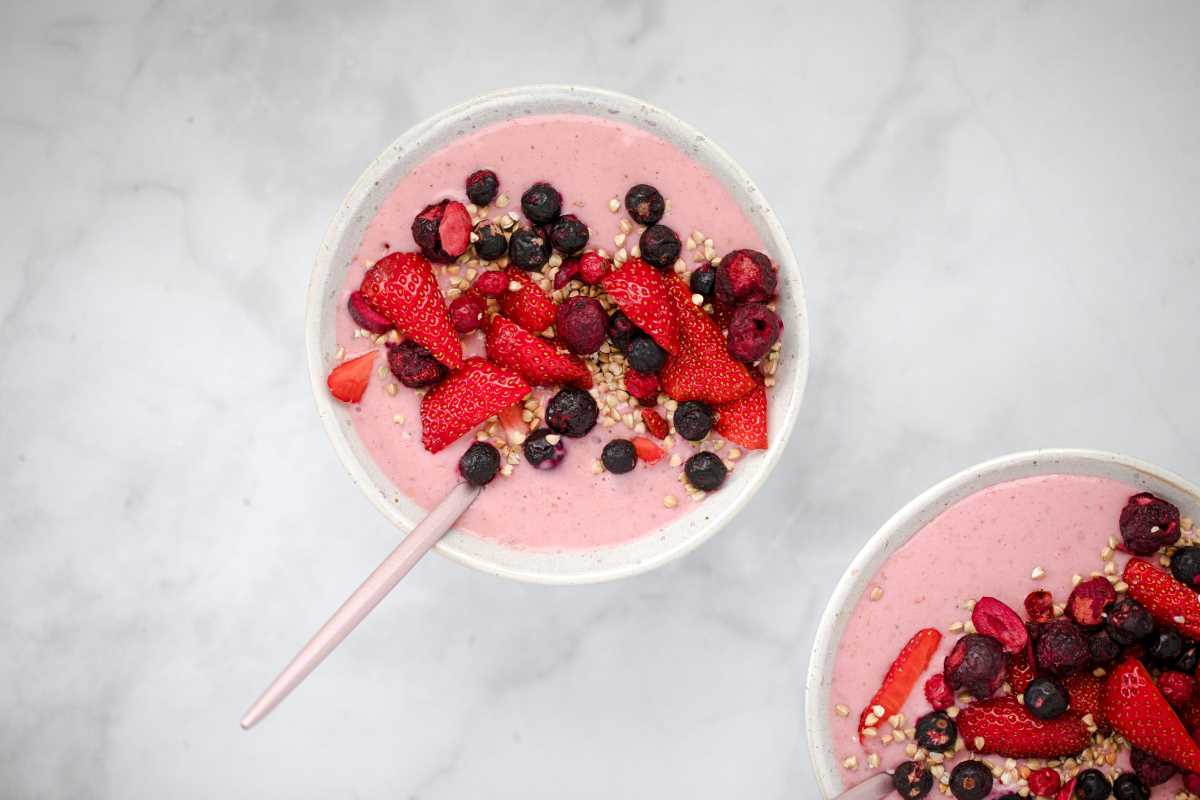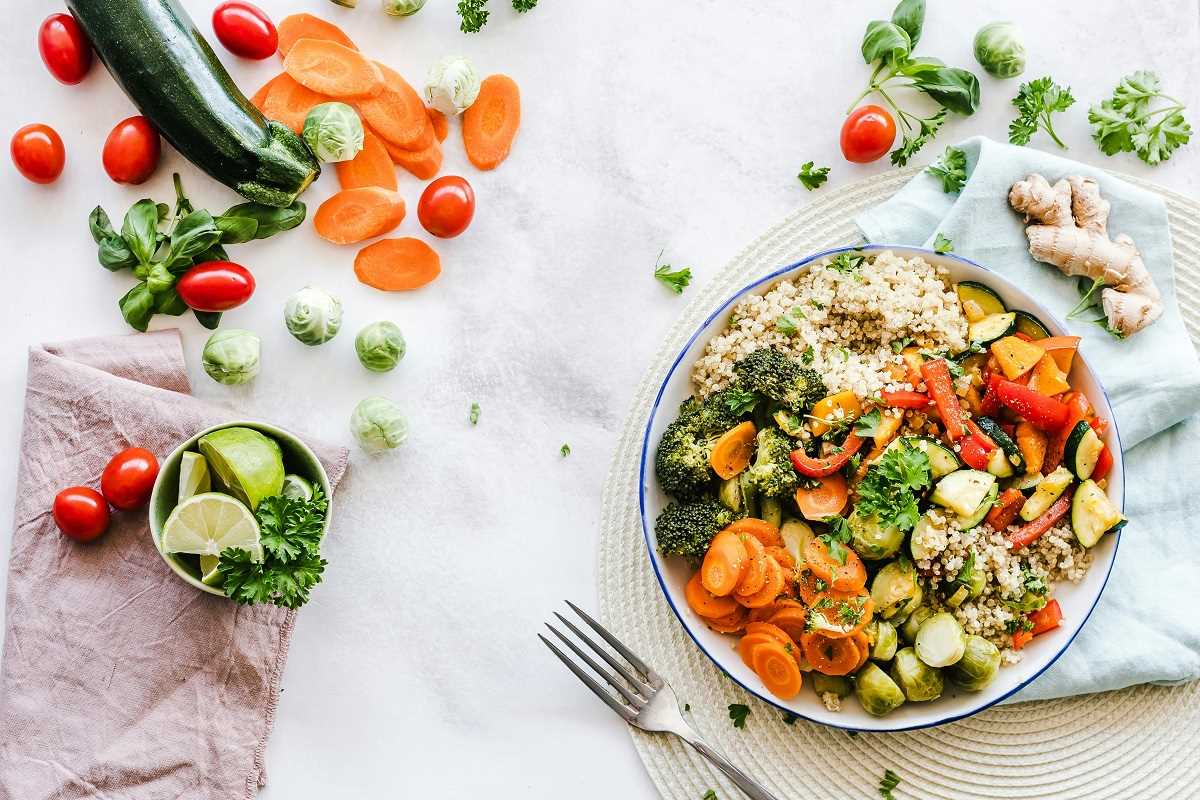If you’ve recently started exploring how to cook low-sodium meals, you’re not alone. Whether it’s to manage high blood pressure, support heart health, or just feel better overall, cutting down on sodium is a smart step toward a healthier life. But if the thought of giving up salt has you worried about flavorless meals, rest assured—that doesn’t have to be the case. Cooking without leaning on the saltshaker is all about understanding the dos and don’ts of creating delicious, satisfying dishes with less sodium.
Here’s a guide to help you transform your kitchen into a powerhouse of flavor, all while keeping sodium in check.
Why Reduce Sodium?
Before we jump into the nitty-gritty, it’s important to understand why reducing sodium matters. Sodium is an essential mineral, helping with things like muscle function and fluid balance in the body. However, most of us consume far more sodium than we need. The American Heart Association recommends keeping daily sodium intake under 2,300 milligrams, with an ideal limit closer to 1,500 milligrams for most adults. For perspective, just a single teaspoon of table salt has about 2,300 milligrams of sodium.
Consistently exceeding these levels can contribute to high blood pressure, a major risk factor for heart disease and stroke. The good news? You don’t have to give up tasty meals to make a change. It’s all about knowing what techniques work (and what mistakes to avoid) when cooking low-sodium dishes.
The Dos of Cooking Low-Sodium Meals
1. Do Use Fresh Ingredients
Fresh ingredients are your best friend in a low-sodium kitchen. Processed and packaged foods are often packed with hidden sodium to enhance flavor or preserve shelf life. Instead, focus on whole foods like fresh vegetables, fruits, lean meats, and fish. The natural flavors in these ingredients are far more vibrant than anything from a can. Bonus? Fresh produce comes loaded with nutrients that support your overall health.
2. Do Experiment with Herbs and Spices
When you can’t rely on salt to boost flavor, it’s time to get creative. Herbs and spices are a game-changer and can completely transform your dishes. Fresh parsley brightens up soups and stews, while garlic and onion add depth to just about any savory meal. Love heat? Try cayenne pepper or smoked paprika. Craving earthy flavors? Thyme, rosemary, and sage are perfect for roasting vegetables or meats.
For even more impact, reach for zest from citrus fruits like lemons or oranges. The oils from the peel bring a burst of brightness to your dish that’s hard to match.
3. Do Build Layers of Flavor
To create the most satisfying meals, don’t just toss everything in a pan and hope for the best. Build your seasoning step by step. For example, sauté onions and garlic first to form a flavorful base. Add spices early in the cooking process to release their oils, enhancing their flavor. Then add fresh herbs like basil or parsley at the end for a burst of freshness.
Cooking techniques like roasting, grilling, and caramelizing can further amplify natural flavors without the need for salt.
4. Do Read Labels Carefully
Even foods that seem “healthy” can hide surprising amounts of sodium. Opt for products labeled “low-sodium” or “no-salt-added” when buying things like canned tomatoes, broth, or beans. And be wary of terms like “reduced sodium”—it simply means the product has less salt than the standard version, not necessarily that it’s low-sodium.
5. Do DIY your Favorites
Love tomato sauce or salad dressings? Make them at home! Homemade versions put you in control of how much sodium goes into the mix. For example, swap store-bought pasta sauce (which often contains up to 500 mg of sodium per serving) for your own sauce made with fresh tomatoes, garlic, and basil.
6. Do Use Acidic Ingredients
Acidic ingredients like vinegar, lemon juice, and even wine can mimic the bite of salt while adding a zesty dimension to your dishes. A splash of balsamic vinegar over roasted vegetables or a squeeze of fresh lemon on grilled fish can do wonders for flavor.
The Don’ts of Cooking Low-Sodium Meals
1. Don’t Rely on Salt Substitutes Alone
Salt substitutes often use potassium chloride instead of sodium chloride, giving them a similar salty taste. While these can be helpful, especially when transitioning to a low-sodium diet, relying solely on them misses out on an opportunity to explore other flavors. Plus, individuals with certain medical conditions, such as kidney disease, need to be cautious about potassium intake.
2. Don’t Forget About Hidden Sodium
Sodium lurks in more places than just your saltshaker. Common culprits include bread, cheeses, condiments like ketchup and soy sauce, deli meats, and even flavored cereals. Cutting back on these items (or finding low-sodium alternatives) can drastically lower your intake.
Also, beware of “healthy” snacks like veggie chips or granola bars. While they might seem like better choices, they’re often sneaky sources of excess sodium.
3. Don’t Skip the Rest of Your Meal Plan
Cooking a low-sodium main course is fantastic, but remember to take the rest of the meal into account. Beverages, snacks, and side dishes can quickly add up in sodium. Think about the entire meal holistically to ensure you stay within your daily limits.
4. Don’t Ignore Texture
Flavor isn’t just about taste; it’s also about texture. For example, adding crunch with toasted nuts or seeds can elevate a salad or stir-fry. Similarly, creamy avocado or a drizzle of olive oil can add decadence and balance to a dish, making it more satisfying without a sprinkle of salt.
5. Don’t Be Afraid to Taste as You Go
One of the perks of cooking at home is the ability to taste your dishes along the way. This helps ensure that layers of flavor are coming together just right. Be cautious about adding too much at once—with low-sodium cooking, a little bit of acidic or pungent seasoning can go a long way.
6. Don’t Give Up If It’s Not Perfect
If your first attempt at a low-sodium recipe feels a bit bland, don’t be discouraged. It takes time for your taste buds to adjust. Over time, you’ll learn which spices and techniques work best for your palate, and meals will only get better as you experiment.
Quick Recipe Idea: Herb-Roasted Chicken
Want to try putting these tips into action? Here’s a simple, flavorful recipe to get started:
Ingredients:
- 4 bone-in, skin-on chicken thighs
- 1 tablespoon olive oil
- 1 teaspoon garlic powder
- 1 teaspoon smoked paprika
- 1 teaspoon dried thyme
- Freshly ground black pepper (to taste)
- Juice of 1 lemon
- Fresh parsley for garnish (optional)
Instructions:
- Preheat your oven to 375°F.
- Pat the chicken thighs dry with paper towels and place them on a baking sheet.
- Drizzle the olive oil over the chicken.
- Mix the garlic powder, smoked paprika, thyme, and ground pepper in a small bowl. Sprinkle the mixture evenly over the chicken thighs.
- Squeeze the lemon juice over the chicken for an added pop of freshness.
- Roast in the oven for 35-40 minutes or until the chicken is golden brown and the internal temperature reaches 165°F.
- Garnish with fresh parsley and serve with roasted vegetables or a side salad.
Cooking low-sodium meals doesn’t mean sacrificing flavor or satisfaction. With a little creativity and the right techniques, you can whip up dishes that nourish the body and delight the palate. By focusing on fresh ingredients, building bold flavors, and learning to love your spice cabinet, you’ll hardly notice the missing salt.
Feeling inspired to spice up your meals? Give these tips a go and discover just how delicious low-sodium living can be.







